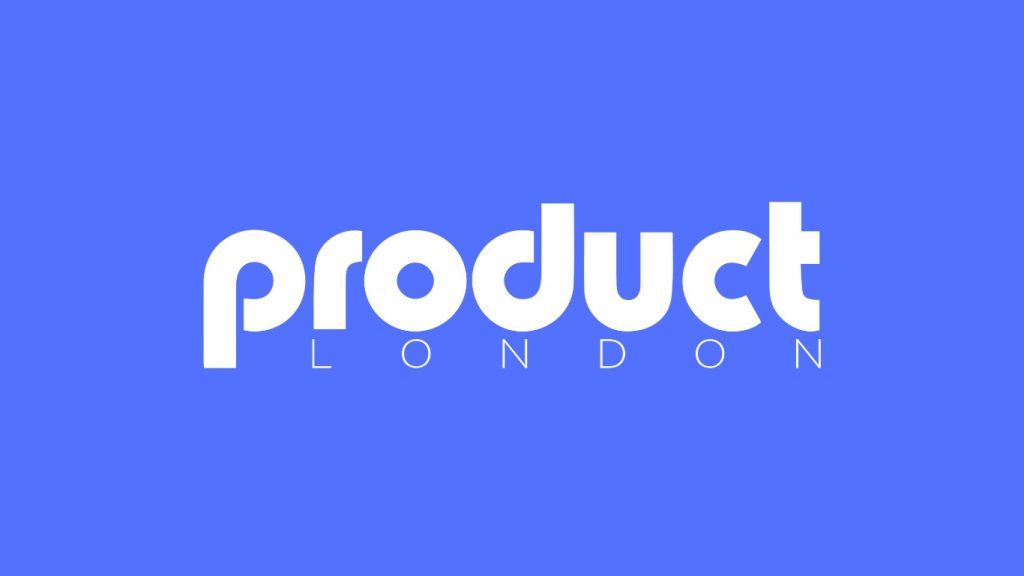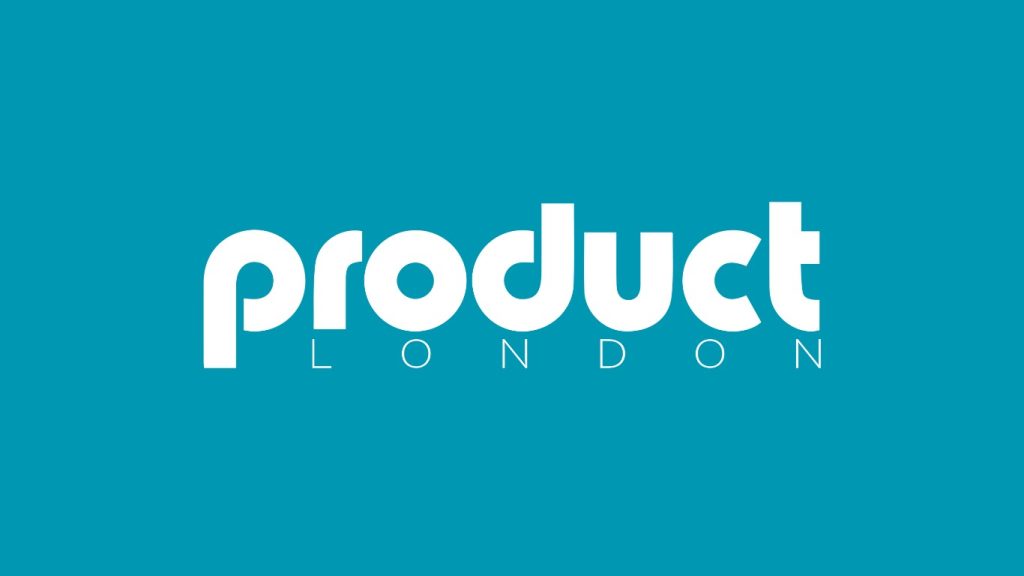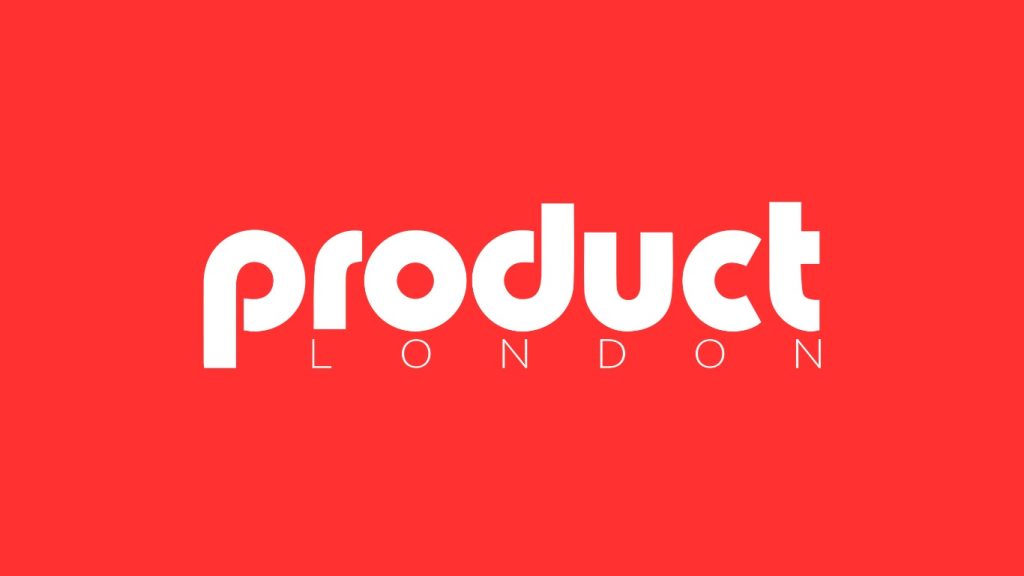Successful social media brand deals rely on data-driven pricing strategies that align with market trends and brand objectives. Effective models often incorporate a hybrid approach combining fixed fees and performance-based incentives, offering flexibility and optimizing ROI. Consideration of influencer metrics like engagement rates and audience demographics is critical, as they dictate premium opportunities and justify pricing. Competitive analysis further guarantees alignment with industry standards, allowing for informed negotiations. Additionally, dynamic and value-based pricing enhance client satisfaction by adjusting to real-time demand and perceived value. By exploring these strategies, brands can formulate partnerships that are both profitable and mutually beneficial.
Key Takeaways
- Implement hybrid pricing models combining fixed fees and performance incentives to maximize flexibility and results.
- Conduct competitive analysis to align pricing with industry benchmarks and enhance market competitiveness.
- Use audience demographics to tailor pricing strategies, ensuring alignment with brand goals and target markets.
- Leverage performance-based pricing to optimize earnings through measurable outcomes like CPC or CPM.
- Employ value-based pricing to justify higher rates by focusing on perceived value and tangible benefits.
Overview of Pricing Strategies
A thorough understanding of pricing strategies is essential for optimizing social media brand deals, as it involves a data-driven approach to align financial terms with both influencer capabilities and brand objectives.
Pricing models and strategies must be informed by audience metrics and engagement data, guaranteeing that rates reflect the value influencers bring to a brand’s marketing efforts. A hybrid approach combining fixed fees with performance-based structures offers the flexibility and accountability needed to meet both brand expectations and influencer capabilities.
Competitive analysis plays a critical role in shaping effective pricing strategies. By regularly evaluating the competitive landscape, influencers can adjust their pricing to stay aligned with market trends and industry benchmarks.
This strategic maneuvering guarantees that influencers remain attractive partners while maximizing their earning potential. Additionally, value-based pricing can enhance collaboration success by tailoring compensation to the specific demographics of an influencer’s audience, thereby optimizing both reach and return on investment.
Ultimately, strategic pricing and negotiation are pivotal in building lasting relationships. By fostering transparent and mutually beneficial partnerships, influencers can secure favorable deals that not only satisfy financial goals but also strengthen brand alliances, paving the way for future collaborations.
Factors Affecting Pricing
In the complex landscape of social media brand deals, influencer metrics such as follower counts and engagement levels are pivotal, often commanding higher rates due to their indication of reach and influence.
A thorough analysis of the competitive landscape is essential, as it equips brands with insights to set fair pricing that aligns with industry standards.
Additionally, audience demographics are a decisive factor, with brands prioritizing partnerships that closely match their target market, consequently willing to invest more in influencers whose followers fit this profile.
Influencer Metrics Impact
Numerous factors intricately weave together to determine the pricing strategies for social media brand deals, with influencer metrics standing at the forefront. High follower counts are often synonymous with increased brand deal rates, as they suggest a broader reach. However, the competitive landscape and pricing are heavily influenced by engagement levels. Influencers who boast high engagement rates—demonstrated through likes, comments, and shares—typically command premium rates. This is because high engagement indicates a stronger, more effective connection with their audience, translating to potential sales for brands.
Furthermore, audience demographics play a pivotal role in shaping pricing strategies. Brands are inclined to pay more for influencers whose followers closely align with their target market, making influencer metrics not just about numbers but about relevance and precision.
To optimize earnings, many influencers are shifting towards performance-based pricing models. This structure aligns influencer compensation with tangible outcomes like clicks or conversions generated from the partnership, ensuring that both parties gain value from the collaboration.
Ultimately, influencer metrics are a critical component in pricing strategies, requiring a nuanced understanding of the competitive landscape and innovative pricing models to align with brand objectives effectively.
Competitive Landscape Analysis
Building on the importance of influencer metrics in shaping pricing strategies, analyzing the competitive landscape provides a thorough framework for understanding factors that affect pricing in social media brand deals. A competitive market demands a keen awareness of how similar influencers determine their pricing strategies. Conducting a competitive landscape analysis facilitates insight into prevailing pricing trends, guaranteeing your approach is both competitive and aligned with market expectations. This analysis not only helps identify industry benchmarks but also highlights potential areas for differentiation.
Understanding competitors’ follower characteristics and engagement levels allows for the development of pricing strategies tailored to your unique audience, thereby maximizing ROI. Regularly monitoring competitor pricing can reveal opportunities to adjust your offerings, guaranteeing competitive pricing without undervaluation.
| Competitor | Follower Engagement | Pricing Strategy |
|---|---|---|
| Influencer A | High | Premium Pricing |
| Influencer B | Moderate | Value-Based |
| Influencer C | Low | Cost-Plus |
| Influencer D | High | Competitive Pricing |
| Influencer E | Moderate | Penetration Pricing |
Evaluating the complexity and perceived value of services offered by competitors helps establish a fair price range. This thorough competitive analysis guarantees your pricing strategy remains effective in attracting brand collaborations, reinforcing your position in a dynamic market.
Audience Demographics Role
A pivotal factor in determining pricing strategies for social media brand deals is audience demographics, which encompasses age, gender, location, and interests. These variables greatly influence pricing decisions as brands aim to align their marketing efforts with their target market.
Audience demographics are essential, especially when aligning with influencers whose followers fall within the highly sought-after age bracket of 16-34. This demographic is noted for its broad appeal across multiple platforms and typically exhibits higher engagement rates, often justifying premium pricing.
The average engagement rate of 1.22% across all posts highlights the importance of understanding audience behavior in setting prices. Influencers who exceed this benchmark can command higher fees, as their engagement rates suggest more effective audience interaction.
Brands are increasingly analyzing followers’ purchasing power and interests to guarantee that collaborations effectively reach their ideal customer profile. This strategic alignment can greatly impact pricing decisions, as influencers with niche but highly relevant audiences may leverage their demographic advantage to negotiate premium rates.
Competitive landscape analysis reveals that influencers with niche audiences can charge above-market rates if their demographics align closely with brand objectives. As a result, understanding audience demographics is indispensable in formulating effective and lucrative pricing strategies.
Pricing Model Types
In the domain of social media brand deals, choosing the right pricing model is pivotal for maximizing return on investment and ensuring mutual satisfaction. Among the various pricing models, each offers distinct advantages aligned with specific objectives.
Performance-based pricing stands out by tying compensation to measurable actions like cost-per-click (CPC) or cost-per-impression (CPM), which enhances accountability and transparency in collaborations. This model is data-driven, ensuring that both brands and influencers are rewarded based on actual performance metrics.
Another effective model is dynamic pricing, which adjusts prices in real-time according to market demand and competitive conditions. This approach keeps pricing competitive and aligned with current trends, offering a strategic advantage in rapidly changing environments. Brands can leverage this model to optimize their spending, while influencers can capitalize on peaks in demand.
Hybrid pricing models, which blend fixed fees with performance-based components, provide flexibility and adaptability. They cater to the diverse needs of brands and influencers, offering a balanced approach that mitigates risks while maximizing potential rewards.
Each of these models, when carefully chosen and implemented, can greatly enhance the effectiveness and success of social media brand partnerships.
Implementing Negotiation Techniques
Effective implementation of negotiation techniques is essential for influencers and brands to forge successful partnerships in the competitive landscape of social media brand deals. Understanding the value of your services and accurately evaluating the competitive landscape are foundational to effective negotiations.
By aligning pricing strategies with industry benchmarks and market trends, influencers can justify their rates convincingly. This requires a solid grasp of negotiation skills to evaluate risks and understand client perceptions of value, ultimately leading to successful partnerships.
Highlighting unique offerings, such as specialized content or high engagement metrics, sets influencers apart from competitors, strengthening their negotiation position. For instance, influencers leveraging data-driven insights, including audience demographics and engagement statistics, can effectively demonstrate the value of their services.
These metrics not only substantiate their pricing strategies but also serve as compelling evidence during negotiations, facilitating the achievement of favorable terms.
Continuous evaluation of pricing strategies and negotiation outcomes is pivotal for long-term relationship building. By regularly assessing these elements, influencers can refine their approaches, ensuring maximized return on investment in brand deals.
Ultimately, mastering negotiation techniques enhances the potential for influencers to secure beneficial agreements, fostering enduring partnerships with brands in the social media sphere.
Competitive Pricing Tactics
Recognizing the importance of negotiation, influencers and brands must also focus on competitive pricing tactics to maintain an edge in the evolving market of social media brand deals. Conducting thorough market research is critical to understanding competitor pricing structures and setting rates that are both appealing and profitable.
Utilizing dynamic pricing strategies, brands can adjust their rates in real-time based on competitor actions and market demand, thereby enhancing their competitive position.
Key steps in implementing effective competitive pricing tactics include:
- Analyzing Market Trends: Regular monitoring of industry benchmarks is essential, especially given that 17% of marketing budgets were allocated to social media in 2023, with projections for a rise to 20.3% in 2024.
- Tailoring Pricing Strategies: Adjusting pricing based on audience demographics and engagement metrics guarantees alignment with the perceived value by potential collaborators and clients.
- Differentiating Service Offerings: Establishing a competitive edge can involve highlighting unique service offerings or leveraging distinctive audience insights to justify pricing above competitors.
Leveraging Audience Insights
Harnessing the power of audience insights is pivotal in structuring competitive and effective pricing strategies for social media brand deals. By analyzing audience metrics such as demographics, engagement rates, and follower interests, influencers can tailor their pricing strategies to align seamlessly with brand goals, thereby enhancing collaboration effectiveness.
Brands often prioritize influencers with larger follower counts and heightened engagement levels, underscoring the significance of precise audience insights in determining pricing.
Data-driven insights from social media platforms empower influencers to negotiate fair rates by showcasing their audience’s unique characteristics and preferences. With the average engagement rate hovering around 1.22%, influencers whose content exceeds this benchmark can leverage this to justify premium pricing.
Furthermore, video posts, which drive 49% more engagement than image posts, should be strategically factored into pricing strategies, as they reflect a higher value proposition.
Additionally, audience insights can uncover ideal posting times and content types that resonate with followers. This knowledge allows influencers to refine their value proposition in negotiations, ensuring that brand deals are not only fair but also mutually beneficial.
Consequently, leveraging audience insights is essential for crafting sophisticated pricing strategies that reflect the true value influencers bring to brand partnerships.
Value-Based Approaches
Building on the insights drawn from audience data, a shift to value-based pricing approaches offers a compelling avenue for influencers to refine their brand deal strategies. By focusing on perceived value rather than cost, influencers can enhance client satisfaction and loyalty. This strategy allows them to justify higher rates through tailored offerings that meet the unique needs and expectations of their clients.
In social media marketing, delivering tangible benefits such as increased engagement or brand visibility underscores the value proposition, reinforcing the rationale for premium pricing. Research indicates that businesses with a robust value proposition can command up to 20% higher prices compared to those relying solely on cost-based pricing strategies. This highlights the importance of effectively communicating the value delivered, such as measurable ROI from campaigns, to influence clients’ willingness to invest more.
To achieve this, influencers must:
- Regularly assess and adapt pricing strategies based on client feedback and market trends.
- Highlight the distinct benefits their services provide compared to competitors.
- Demonstrate how their offerings align with clients’ strategic goals and drive measurable outcomes.
Dynamic Pricing Trends
In the rapidly evolving landscape of social media marketing, dynamic pricing trends are gaining traction as a pivotal strategy for maximizing brand partnerships. This approach leverages real-time adjustments based on market demand and audience engagement metrics, enabling brands to optimize their return on investment.
The integration of AI tools and machine learning algorithms additionally enhances the precision of dynamic pricing, allowing for swift responses to competitor actions and ensuring competitive pricing structures. By aligning prices with market conditions, brands not only maintain their competitiveness but also maximize profitability.
Dynamic pricing models are particularly effective in enhancing customer satisfaction by offering personalized pricing based on individual user behavior and preferences. This customization leads to higher conversion rates, as consumers are more likely to engage with brands that resonate with their personal interests and purchasing patterns.
Moreover, the shift towards performance-based pricing complements dynamic pricing by offering a transparent and accountable framework. Clients increasingly demand measurable results from their social media investments, and this dual-pricing strategy fulfills that need by providing clear correlations between spend and performance.
Ultimately, embracing dynamic pricing trends positions brands to capture market opportunities effectively, delivering value to both partners and consumers.
Building Profitable Partnerships
To establish profitable partnerships in social media brand deals, influencers must strategically analyze audience metrics and engagement data, aligning pricing models with brand objectives.
By employing both fixed fees and performance-based structures, influencers can foster mutually beneficial relationships, ensuring accountability and sustained collaboration.
Additionally, conducting competitor analysis and tailoring pricing strategies to match audience demographics enhances partnership value, allowing influencers to maximize ROI while appealing to the brand’s target market.
Strategic Pricing Practices
How can influencers and brands forge profitable partnerships in the ever-evolving landscape of social media? A strategic approach to pricing is essential. Tailoring pricing strategies based on thorough audience demographics and engagement metrics enhances the effectiveness of social media brand deals.
Influencers must conduct a thorough analysis of the competitive landscape to set strategic pricing that aligns with market trends. This guarantees that their rates remain competitive while maximizing profitability. Performance-based pricing models, which tie payments to measurable outcomes, can incentivize influencers to achieve higher engagement, benefiting both parties.
- Flexibility in Pricing Models: Utilizing a combination of fixed fees and performance-based pricing provides predictability for brands and accountability for influencers.
- Data-Driven Negotiations: Leveraging data-driven insights during negotiations helps influencers highlight their unique offerings, securing favorable rates.
- Long-Term Collaborations: Maintaining strong relationships through strategic pricing can lead to ongoing partnerships, as brands appreciate influencers who understand their value.
Brands often seek influencers with high follower counts and engagement levels to guarantee an ideal return on investment (ROI). By focusing on creating value through strategic pricing practices, influencers can build sustainable, profitable partnerships in the competitive social media landscape.
Maximizing Partnership Value
Crafting successful partnerships in the social media sphere hinges on the influencer’s ability to demonstrate unique value to brands, a process that is both art and science. To maximize partnership value, influencers must employ pricing strategies that are reflective of their audience’s demographics and engagement metrics. This value-based approach allows for the negotiation of fair rates that not only benefit the influencer but also align with brand objectives. By tailoring pricing based on data-driven insights, influencers can secure deals that are both profitable and sustainable.
Adopting a hybrid pricing model can further enhance partnership value. This model combines a fixed fee structure with performance-based compensation, offering brands predictability while rewarding influencers for achieving measurable outcomes. Such flexibility strengthens collaborations by aligning incentives closely with brand goals, thereby fostering long-term partnerships.
Additionally, regularly analyzing audience metrics and the competitive landscape is essential for optimizing return on investment (ROI). These insights guarantee that influencer efforts are consistently aligned with brand expectations, thereby reinforcing the partnership’s value.
Transparent communication and strategic negotiation are key to building strong, enduring relationships, ultimately driving increased brand loyalty and maximizing the overall value of social media collaborations.
Frequently Asked Questions
What Are the 4 Product Pricing Strategies?
Four primary product pricing strategies include cost-based pricing, which guarantees costs are covered with a profit margin; value-based pricing, focusing on consumer perception; competition-based pricing, aligning with competitors; and dynamic pricing, adjusting to market demand.
How Much Should I Charge for a Social Media Package?
Determining appropriate charges for a social media package necessitates evaluating package customization options, audience engagement metrics, and competitor pricing analysis. Align your pricing with market standards while considering your expertise, delivered value, and client-specific requirements for ideal results.
What Are the 10 Strategic Pricing?
Strategic pricing involves understanding value perception, consumer psychology, and competitive analysis. Critical strategies include cost-plus, value-based, competitive, performance-based, dynamic, penetration, skimming, psychological, bundle, and freemium pricing, each leveraging distinct market dynamics to optimize revenue.
What Pricing Strategies Do Luxury Brands Use?
Luxury brands utilize value-based pricing and premium pricing to enhance brand positioning. Limited editions and psychological pricing strategies increase consumer perception of exclusivity. Influencer collaboration impacts performance-based pricing, aligning compensation with engagement, reinforcing brand prestige.
Conclusion
To summarize, the successful execution of social media brand deals necessitates an extensive understanding of various pricing strategies. By analyzing factors affecting pricing, implementing diverse pricing models, and employing strategic negotiation techniques, brands can optimize their financial outcomes. Competitive pricing tactics and leveraging audience insights further enhance value creation. Adopting value-based and dynamic pricing approaches allows for adaptability in evolving markets. Ultimately, building profitable partnerships hinges on data-driven decision-making and a keen awareness of industry trends and consumer behavior.




